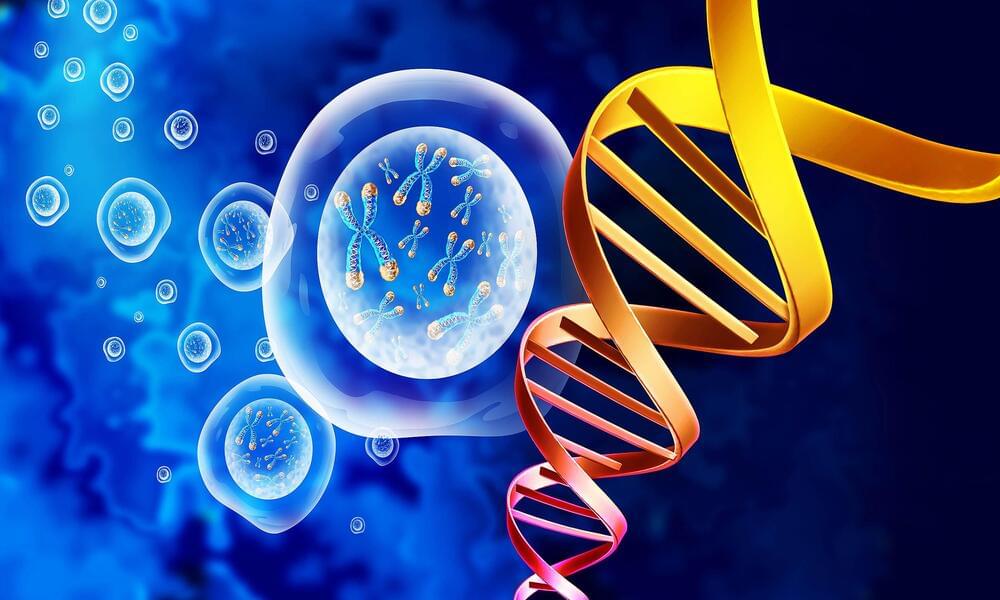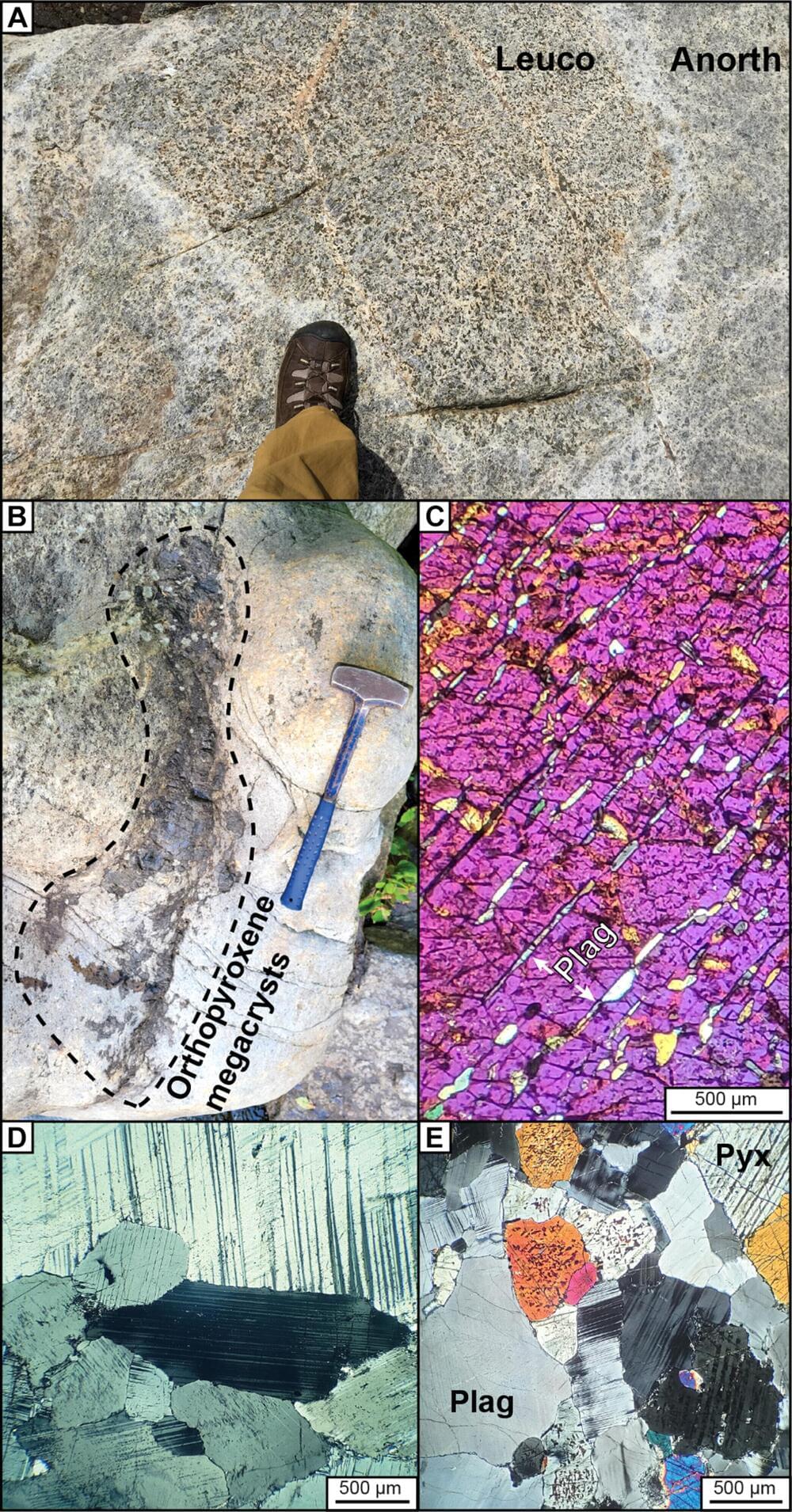Join us on Patreon! https://www.patreon.com/MichaelLustgartenPhDDiscount Links/Affiliates: Blood testing (where I get my labs): https://www.ultalabtests.com/…
Get the latest international news and world events from around the world.

We might be transported into a parallel universe by the Large Hadron Collider in an experiment
Scientists Can Now Test for Extra Dimensions and Unveil New Realities with the LHC
TL;DR
The Large Hadron Collider (LHC) is pushing the boundaries of physics by enabling scientists to search for the Higgs Boson, explore the mysteries of dark matter, and potentially detect evidence of extra dimensions. Despite wild conspiracy theories claiming the LHC could open portals to parallel dimensions or create black holes, the reality is grounded in groundbreaking scientific exploration. The LHC may even briefly produce microscopic black holes, offering insights into the existence of extra dimensions without any danger to our planet. These discoveries could revolutionise our understanding of the universe.
Revolutionary Two-Photon Microscope Captures Brain Activity in Real-Time
Researchers have developed a revolutionary two-photon fluorescence microscope that captures neural activity at high speed and cellular resolution, offering unprecedented insights into brain function.
This new approach, which images faster and with less harm to brain tissue than traditional methods, could transform our understanding of how neurons communicate in real-time, potentially leading to breakthroughs in treating neurological diseases like Alzheimer’s and Parkinson’s.
High-Speed Brain Imaging Breakthrough

Discovery: Human bodies begin breaking down at a very precise age
It’s no revelation that the human body undergoes natural wear and tear as we age. But you might be surprised to discover that this process isn’t as gradual as we’d presumed.
A recent study reveals some remarkable truths about aging, specifically when and how our bodies start to ‘break down’
The man at the helm of the study is Michael Snyder. Chair of genetics at Stanford School of Medicine and recognized for his exceptional contribution to the field, his team’s research provides some fascinating insights into the specifics of our biological aging process.

Geochemistry study links ancient anorthosites to early Earth’s hot subduction
A team of researchers has made strides in understanding the formation of massif-type anorthosites, enigmatic rocks that only formed during the middle part of Earth’s history. These plagioclase-rich igneous rock formations, which can cover areas as large as 42,000 square kilometers and host titanium ore deposits, have puzzled scientists for decades due to conflicting theories about their origins.


Mpox outbreak in Africa was neglected — it could now turn into the next global pandemic
In recent years the second-largest Ebola outbreak ever took place in the wider area and, despite the availability of vaccines and treatments, posed considerable challenges.
What needs to happen
A recent article we co-authored in The Lancet Global Health outlines what needs to be done to contain this outbreak and prevent it from turning into an epidemic, possibly even a pandemic.

WHO declares mpox outbreak a global health emergency
The World Health Organization on Wednesday declared the ongoing mpox outbreak in Africa a global health emergency.
WHO convened its emergency committee amid concerns that a deadlier strain of the virus, clade Ib, had reached four previously unaffected countries in Africa. This strain had previously been contained to the Democratic Republic of Congo.
The independent experts met virtually Wednesday to advise WHO Director-General Tedros Adhanom Ghebreyesus on the severity of the outbreak. After that consultation, he announced that he had declared a public health emergency of international concern — the highest level of alarm under international health law.

Longevity Breakthrough: New Treatment Extends Lifespan and Enhances Physical Function
Researchers found that removing certain inflammation-causing cells from mice every month, starting in their middle age, not only extended their lifespans but also improved their heart health and overall physical function throughout their lives. This method shows promise for extending the period of good health as mice age, potentially pointing to new aging treatments for humans.
Everyone wants to live to a ripe old age, but no one wants to be decrepit. Now, University of Connecticut researchers have demonstrated a treatment that could lengthen life—and vigor—up to the very end.
Even as human lifespans have lengthened over the past century, most people in old age suffer a serious health decline in the last decade of life. Chronic illnesses such as cancer, diabetes, or cardiovascular disease may begin, followed by frailty. Many interventions can prolong life, but not necessarily good health. And nobody wants to spend the last years of an extra-long life in decrepitude.

Keto diet treatment can starve cancer cells, study claims
Pancreatic cancer cells can “starve” thanks to a combination of a cancer drug and a keto diet, an early study has suggested.
Researchers said that their new study points to a “vulnerability” which could potentially lead to a new treatment for the most deadly common cancer.
Only around 5% of people with the disease survive for a decade after diagnosis.